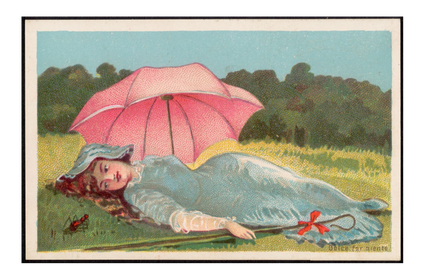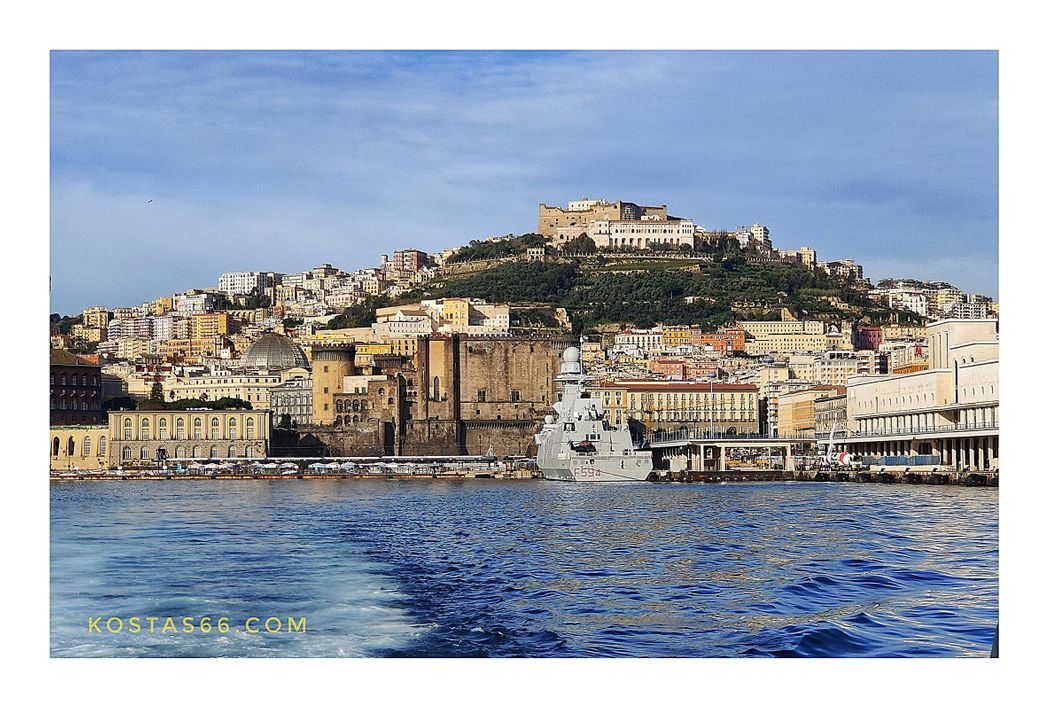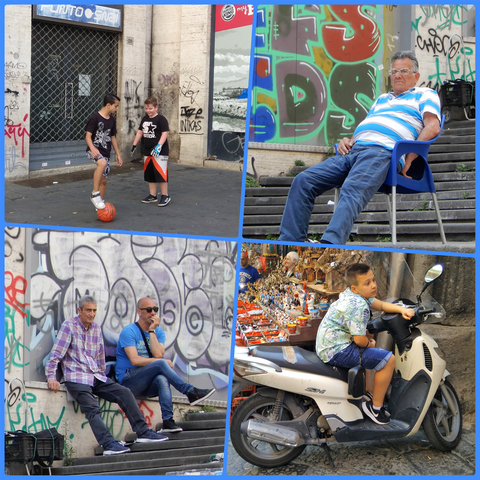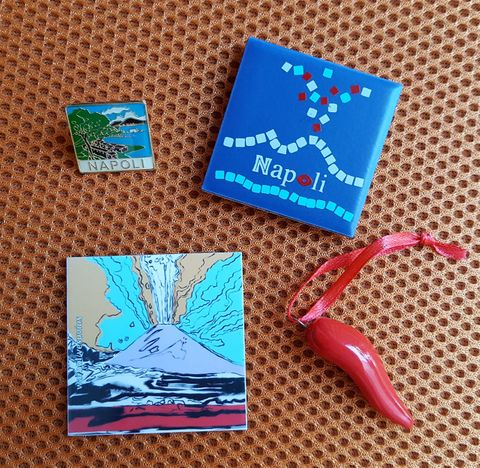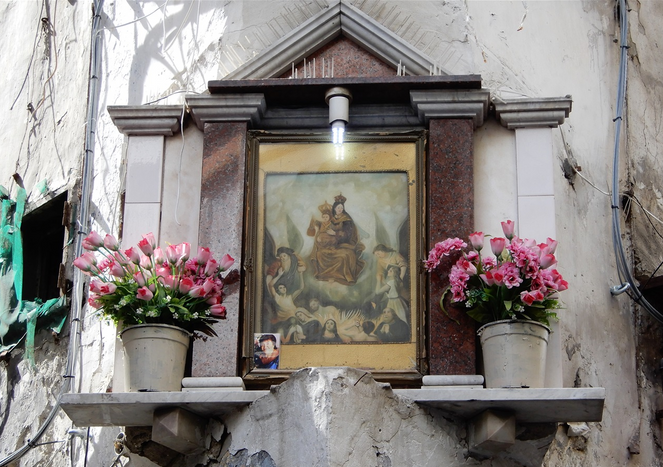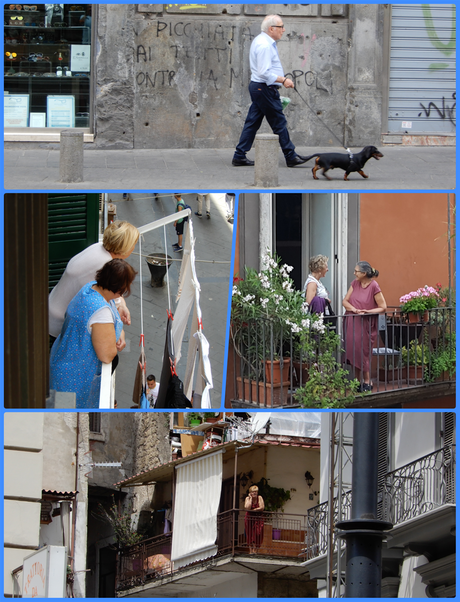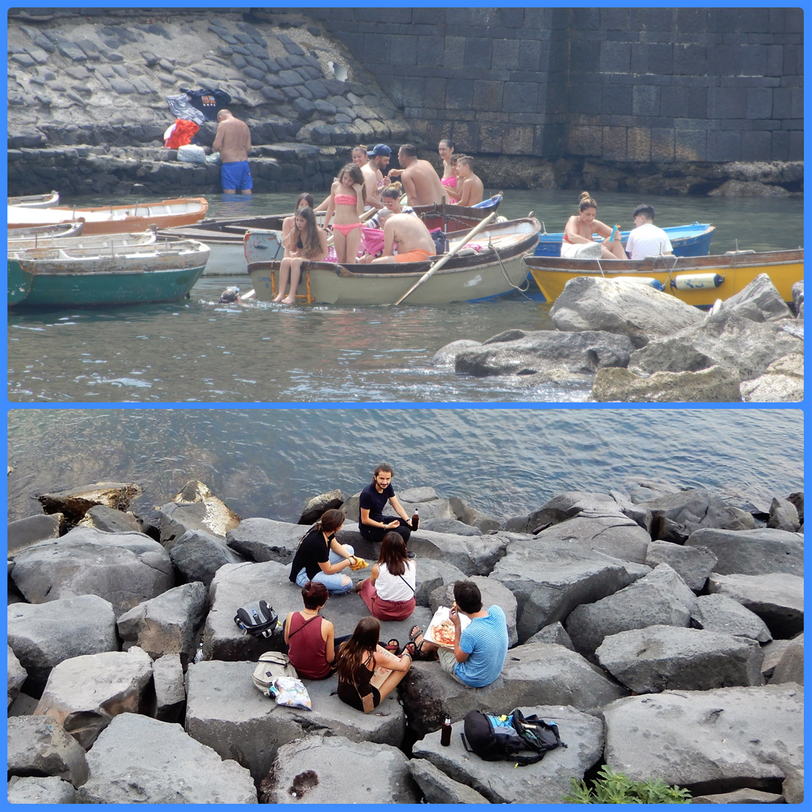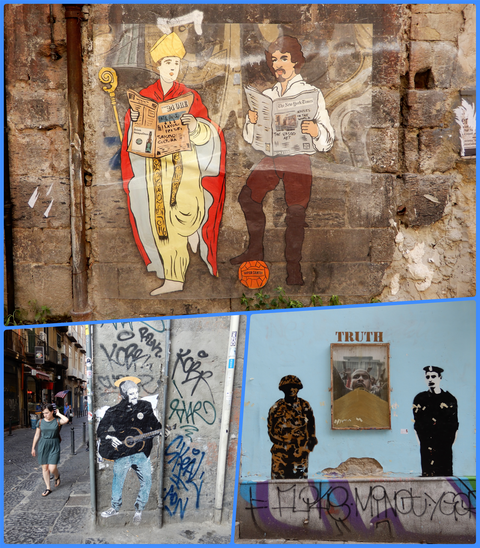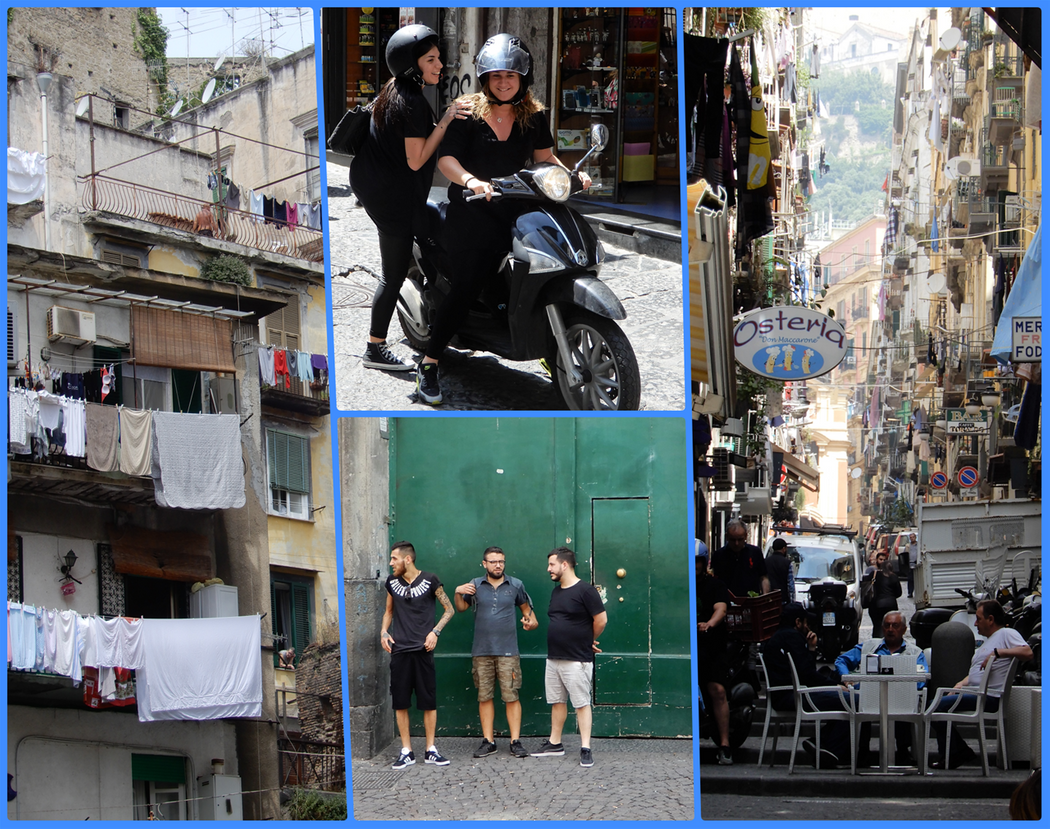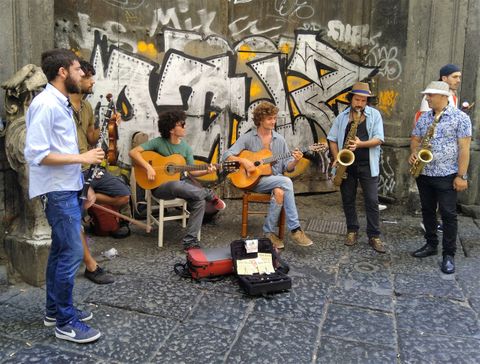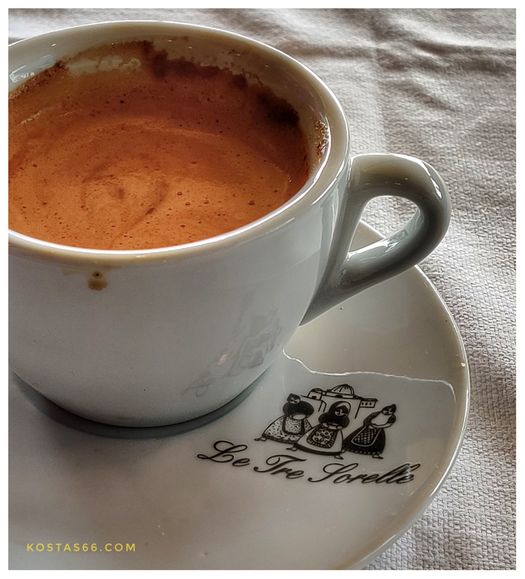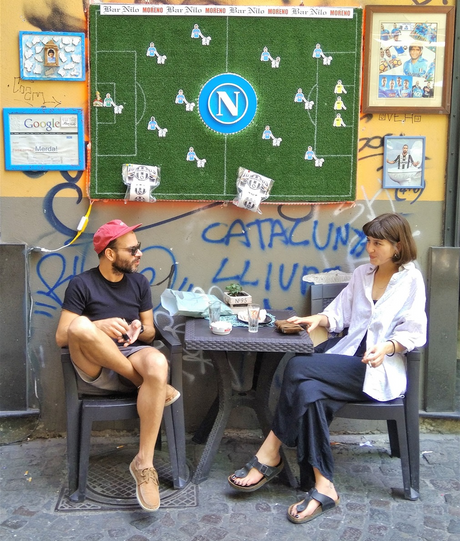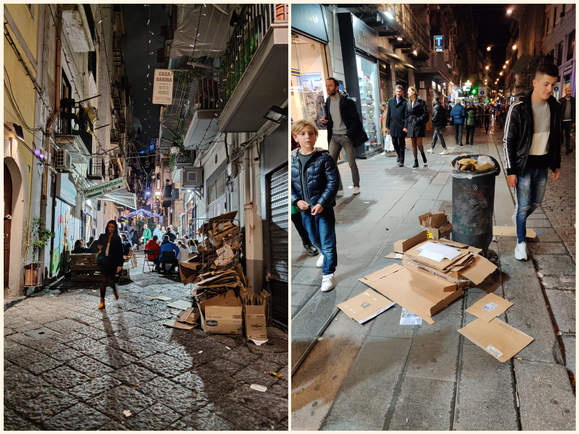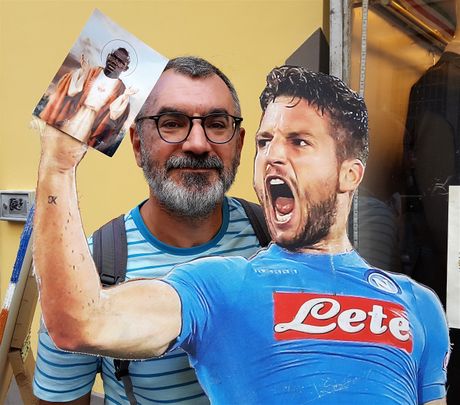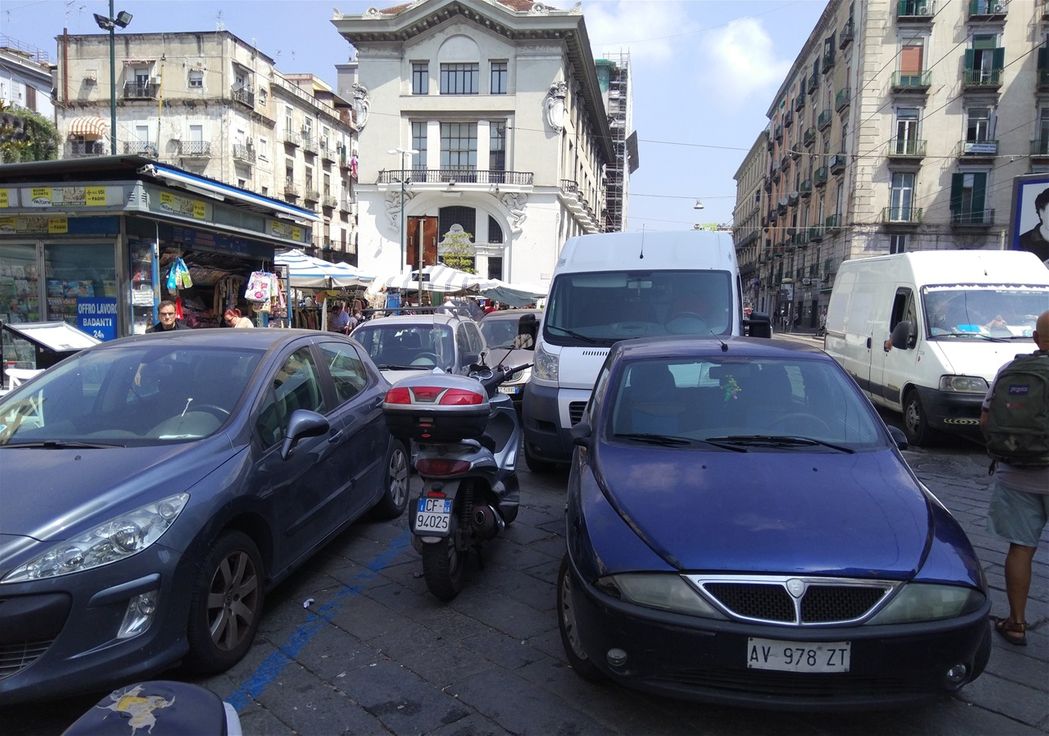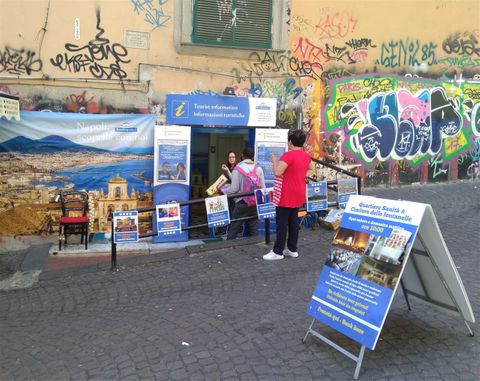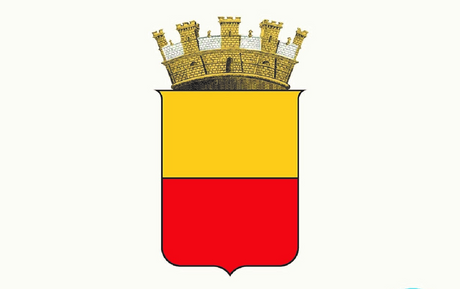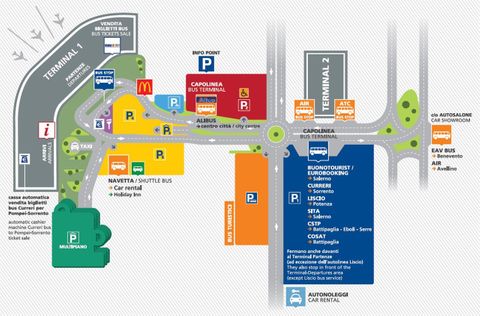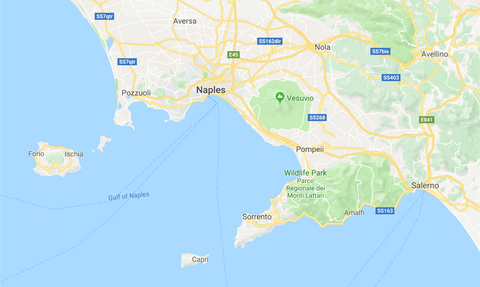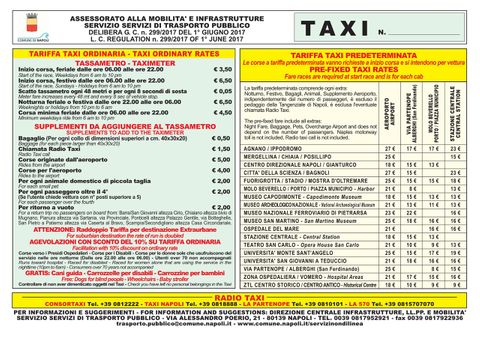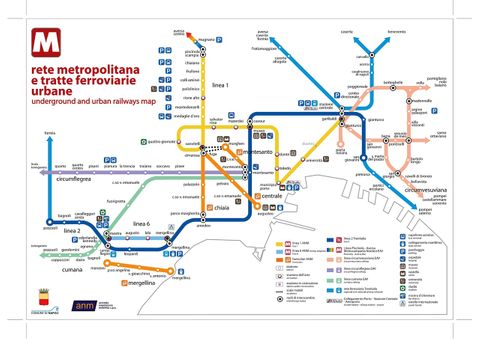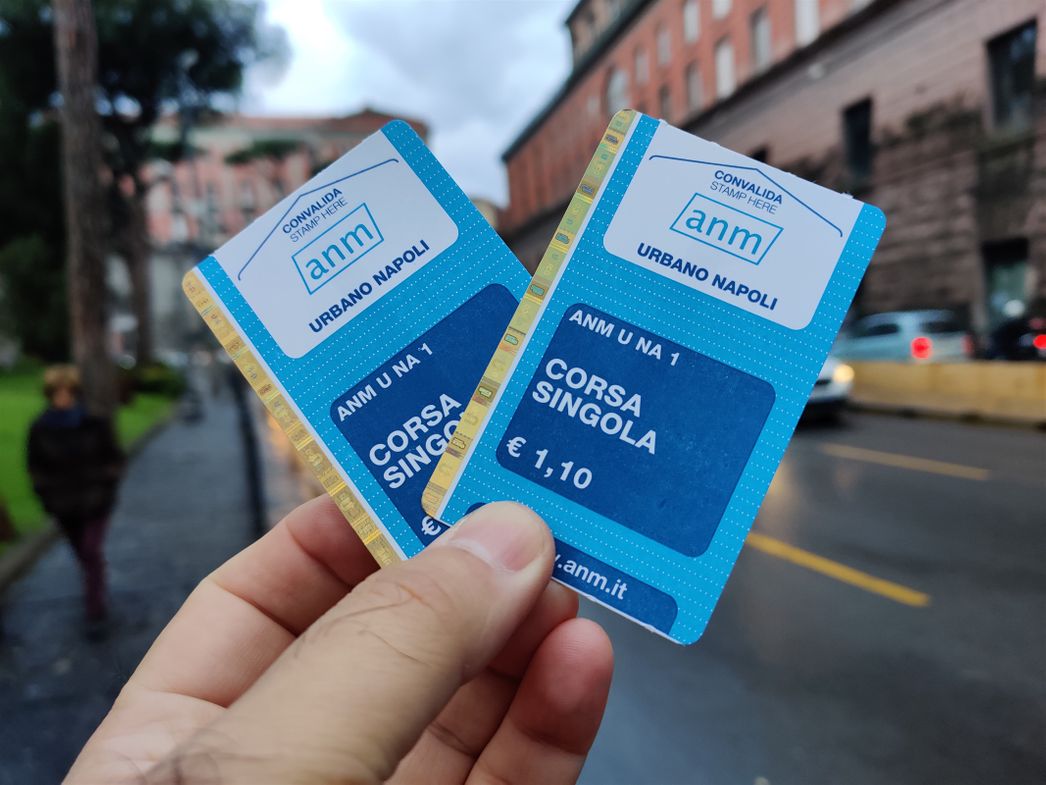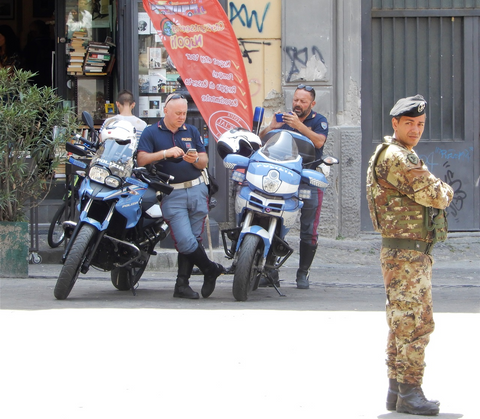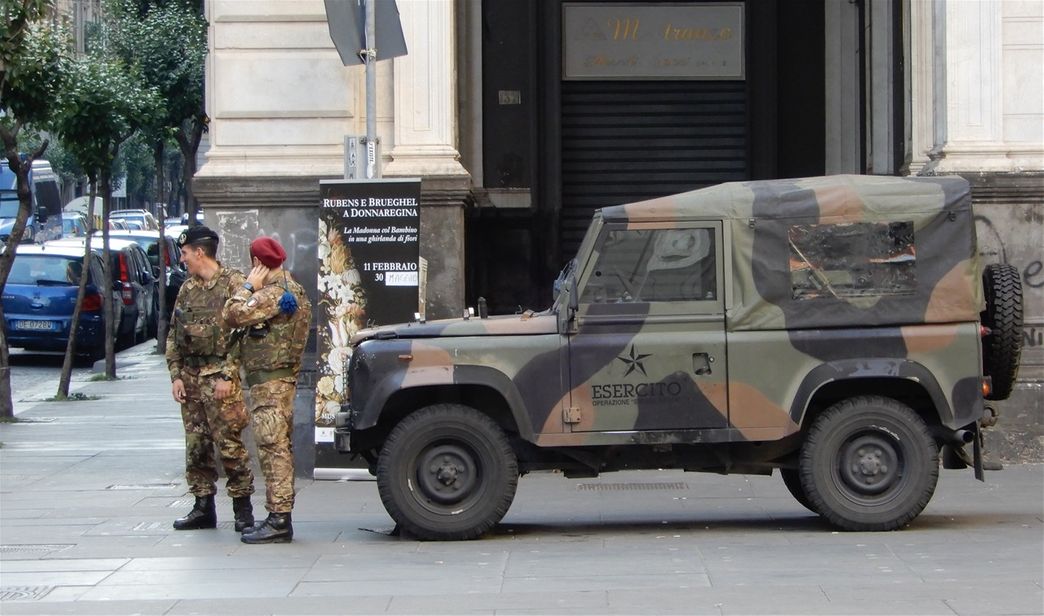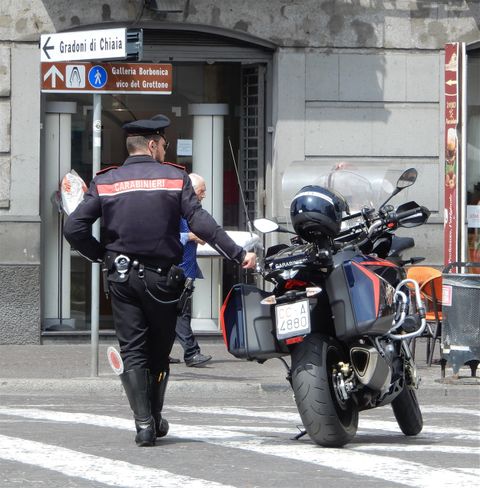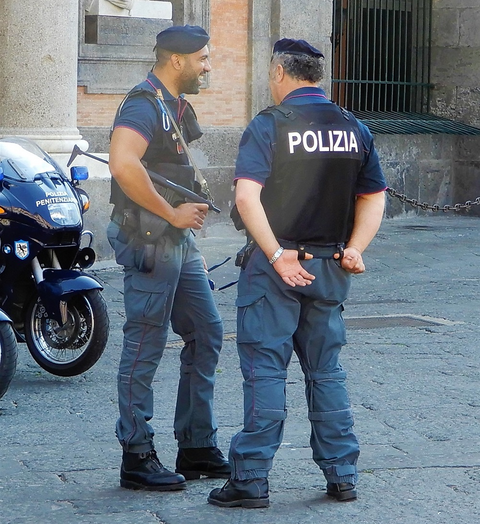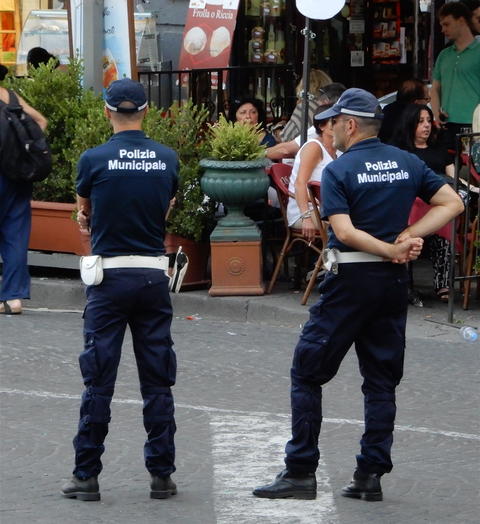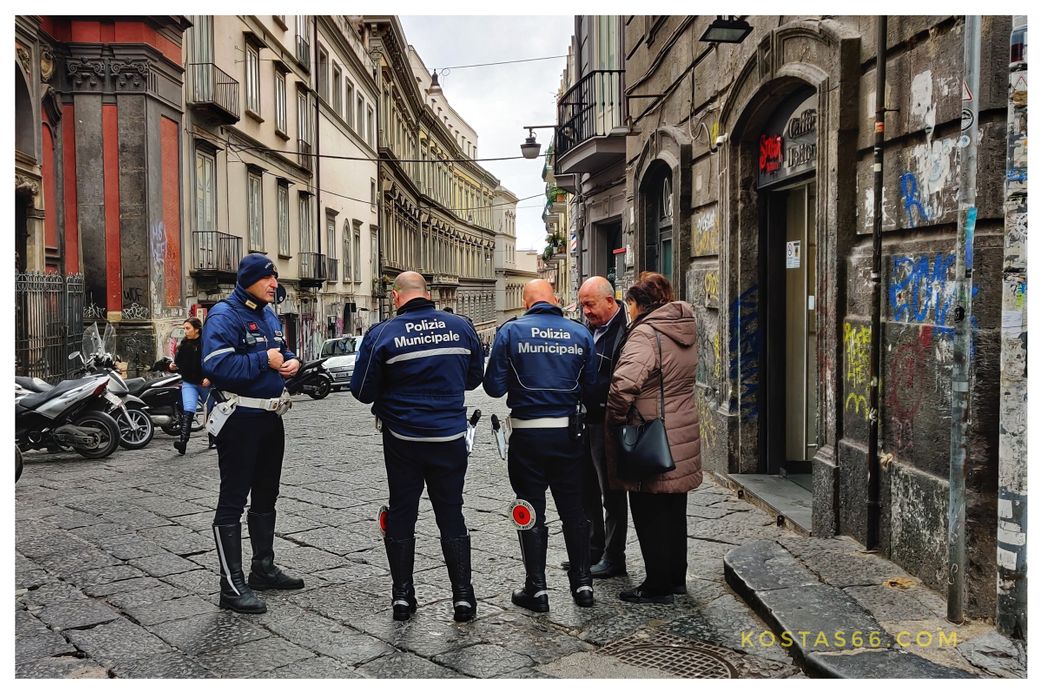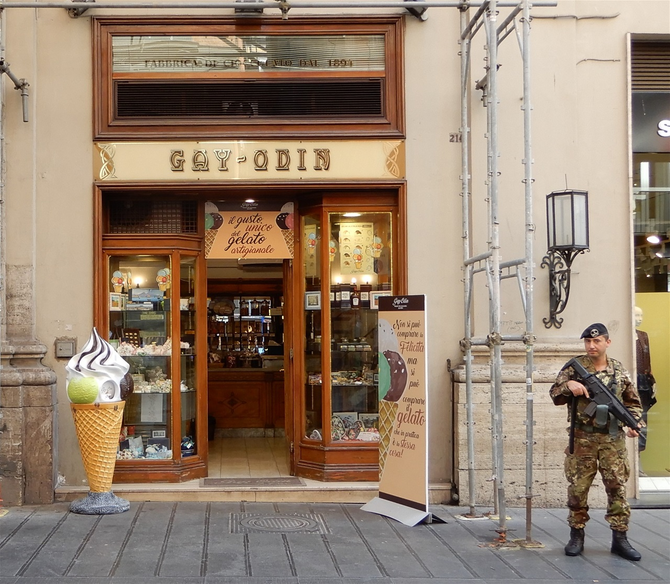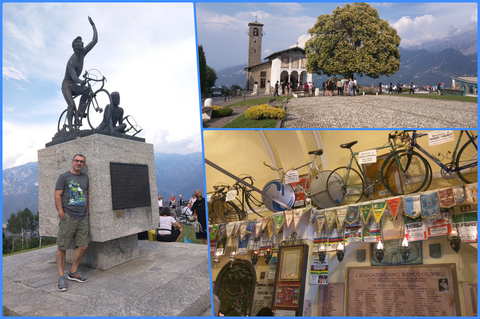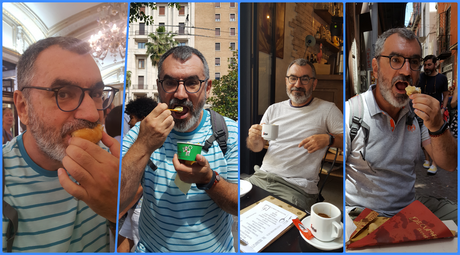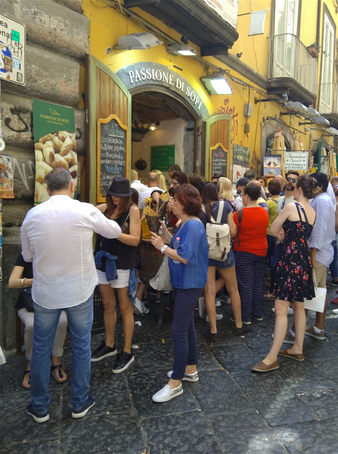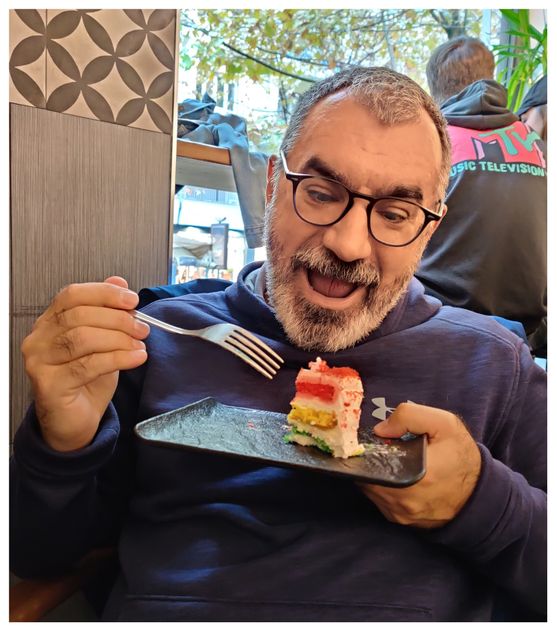NAPOLI
Part I: "Dolce Far Niente"
November 2019
Palummella - una canzone napoletana popolare.
Palummella zompa e vola (con Angela Tarallo ed Antonello e Alessandro Mazzamuto) è una canzone napoletana popolare anonima, ispirata e tratta da un'aria di Brunetta contenuta nell’opera La Molinarella di Niccolò Piccinni, andata in scena a Napoli nel 1766.
Introduction
Even in the more touristy and high-end areas Napoli (*) is not a meticulously maintained outdoor gallery in the way of northern Italian towns and cities. Unlike those cities, Napoli is not eminently Instragramable. No one could accuse Napoli of being a beauty queen. However, the city's geographical position overlooking the volcanic spectacle of Vesuvius and the Bay of Napoli, stretching out to glamorous Capri and the Amalfi Coast, might allow it to be a contender in the global pageant of cities. This beauty, combined with its difficult past as an often conquered area, its near decimation in the WWII and its suffering under the Camorra, lend the city an air of operatic drama.
(*) In this page I use the word “Napoli” which is closer to the original Greek name, "Νεάπολις", instead of “Naples”, which is the English name.
Napolitani in pictures.
Souvenirs from Napoli.
In the assault on the senses that is Napoli, it often feels like someone suddenly turned the volume way up. Napolitani (I use the Italian word instaed the English Neapolitans) live life passionately and they live it out on the street.
Women of a certain age sit on their balconies or on cheap chairs directly outside their buildings to enjoy the theatre of life, either into groups or alone in silence... besides, this is what we call "dulce far niente" (pleasant relaxation in carefree idleness).
Merchants sing and shout as they peddle their wares. Children set up makeshift football pitches. Street artists paint striking murals. The devout build shrines to the Madonna.
The devout build shrines to the Madonna. In the old neighborhoods, in every corner of the street, there is a shrine devoted to Virgin Mary, Christ or to a saint. Some times the shrine consists of only a humble icon and other times it is a lush fully lit construction that resembles like a small hanging temple.
On and around congested streets, iconic vespas transporting two or three helmetless teens go down tight back alleys laden with colorful laundry and pockmarked with satellite dishes; the aromatic scents of lemon granita, sweet sfoliatelle and wood-fired pizza linger in the air of this food paradise; dog owners walk their furry friends; and artists show off their watercolors on the roads outside lavish palazzos.
Everywhere there are contrasting elements of splendor and squalor, opulence and decay.
This chaotic charm of Napoli has been used as the background of many films (escpecially in the 50's and 60's) like the 1964 Vittorio de Sica movie "Matrimonio all' italiana" (Marriage Italian Style), the episode 1 ("Adelina") of the 1963 Vittorio de Sica film "Ieri, Oggi, Domani" (Yesterday, Today, Tomorrow) or the 1954 Roberto Rossellini's "Viaggio in Italia" (Journey to Italy).
PIctures of Napoli.
The film "Matrimonio all'italiana" is a 1964 Vittorio de Sica movie, filmed entirely in Napoli.
"Ieri, Oggi, Domani" (yesterday, today, tomorrow) is a 1963 Vittorio de Sica film comprised of 3 episodes. Episode 1, "Adelina (di Napoli)", is filmed in Napoli.
Napolitani enjoy the sea.
Graffiti in the streets of Napoli.
Naples is not for the faint of heart. As a city full of contradictions, you either fall in love with it or you detest it (I still have to find that person who detests it, though). People from the north may find it exotic, a place for holidays and pleasure for all senses, but others may find it annoying and crazy.
What is Napoli for me? You will find out as you continue reading.
Note: The moment I set foot in Napoli and got into a taxi, I thought how much this place looks like my city, Athens. But soon I realized that this city is much more overwhelming than Athens. Everything is more intense here, both the good and the bad things.
This is Napoli.
Things that may drive you nuts.
Street musicians in Via San Biagio Dei Librai.
At first, the relentless disorder overwhelmed me, but, soon the vibrant, gritty city began to grow on me. It would be, though, a lie not to mention several things that drive me crazy.
(*) the photos I use in this chapter have been chosen to exorcise evil. Ιn Napoli, they believe in the evil eye.
Taxi drivers
The taxi driver from the airport, a very polite and talkative man in his early forties, overcharged us. I did not want to start my holidays with arguments, so I let it go: besides it was only 4€ more than the set price…not big deal, but the way he tried to justify his cheating made me think “oh yes Kostas, welcome to Napoli”.
"Napolitani taxi drivers are infamous all over Italy", told me a lady from the north, with whom I shared a taxi on our way back to the airport. We decided to take the same cab from Teatro San Carlo to the airport a rainy November afternoon. At our arrival the taxi-meter indicated 14€, which is very reasonable for 7km drive. He asked 20€ from each of us!
Overpriced Coffee
Coffee is staple of life in Napoli. Cafes are everywhere and it is sure you will spend a considerable amount of your holiday budget drinking coffee.
A couple of days after my first visit in Napoli, at a small (a humble one, not one of those fancy touristy ones) café near Toledo Metro Station, they charged us 15€ for 3 double (doppio) espressos. When I asked the waiter how much a coffee costs, he told me “it is also the servizio and all these”… "Please do not bullshit me because I come from the south and I am very familiar with all these cheating" I told him and I asked for the menu to show him the indicated prices, which I paid. The listed price was 2.5€ for a “doppio”.
A "doppio" at cafe "Le tre Sorelle" in Positano.
"Doppio" is most probably a word you should never use in Napoli! In no place on earth "double" espresso has the price of two espressos; but, in Napoli yes. Everytime I go up on Vomero Hill I visit the cafe bar "Renzo e Lucia" located just opposite the Sant' Elmo castle entrance. I go there only because of the unique view it offers. It is a low quality and overprised place, but you expect that from a place like this. The other day I asked for a doppio and they charged me 8€. This is becuase an espresso coffee is listed for 4€. So, 2x4! This is outrageous!
Outside Bar Nilo in Via San Biagio Dei Librai.
I do not care about anyone
One day I got off the underground train with two senior friends who had to use the elevator to go up from the tracks to the surface, instead of using the stairs (available for the fit ones). At the elevator wait the three of us and two young mothers with 5 noisy, spoiled children. The elevator arrives and we all get inside, but the doors do not close, most probably because we are overweight (the limit is 1,000kg !!!).
None of the mothers thought that the elevator is for those who cannot climb up stairs, in the contrary they believed that it is for young ladies and spoiled children. The result? We had to get out of the elevator and wait for the next one, as they did not even pretend giving priority to the ones in need.
Other little things that may drive you mad in Napoli.
👎 People occupy lots of space and they give no space to others. They may stand in the middle of the street and do not give a damn to stand aside for you to pass. During my second visit in the city, a rainy night, the taxi driver from the airport left us outside Galleria Umberto I. I asked him if it was possible to let us off 10m further up the road at our hotel because of the rain, but he replied "yes for another 5€"... I said, "I'd rather be soaked to the bone" and got off. We were carrying big suitcases and handbags. There was a big party of people standing on the pavement talking loudly. I said "permesso" to a man of my age... he looked back to me, said nothing and continued talking to his friends. I said again "permesso" he looked at me rather annoyed and he said "che cosa...you want to pass?" I replied to him in a sarcastic way "no thank you, I just like to drag around my suitcase in the rain"...I had to step out in the street and go around the big party to continue my way to the hotel!
👎 The dogs are so spoiled in Napoli. They bark to each other all the time and they drag their owners around. The only peaceful and well behaved dogs are the ones which belong to homeless people. I suppose all these show lots about the dog owners and it is not the dogs blame.
👎 Waiters seem to be very relaxed at the coffee shops and elsewhere. If you do not call them, they do not come to ask you if you want to order, even if you sit at the table for an hour. Ok, this is good if you do not want to order something, but just want to sit down and relax a bit! In general, you should have in mind that service is slow. Life moves in its own way here, which is not always bad though.
Garbage is part of life in Napoli.
I mention these things not to put you off, just to let you know that it is mathematically certain it will happen to you too... and when it happens do not get surprised.
Should that spoil your holidays? No! Just accept it and try to think that this is part of life here, ("when in rome do as the romans do...") because you soon realize that Napoli is one of the most interesting and beautiful (in its splendid decadence) cities in the world. Most probably it has the richest history of all cities in Europe and certainly one of the best cuisines, if not the best! People are very friendly and cheerful.
👎 Napoli is a very dirty city. Garbage is everywhere. Rubbish bins are always full and excess rubbish is all around them. The phenomenon is is so pronounced that makes you wonder if anyone is worrying about it or really cares. The problem is so big that people pass by without even noticing it anymore...it has become part of life. Even me as a tourist, after some days i realised I did not even noticed the problem. In the past I had read artices about how mafia is involved in the collection and disposal of garbage...and in this way it is able to blackmail and demand other benefits. I have to admit though, that the more upscale parts of the city are much cleaner that the poor or touristic areas.
Napoletani are obsessed with football.
Typical "I park wherever I want" napoli scene.
Private tour agents "camouflaged" as Tourist Information points.
Note: Italy has the longest tradition in tourism than any other country. North Europeans visit the Napoli area since the mid-18th century. Therefore, one should expect the services available here are the best. Alas, no! The services are made this way for the tourist to pay as much as possible, if he is not determined to search around a bit. And I am not referring to luxury, first class tourism, but to middle class and lower end tourists like me.
Private tour agents are everywhere and ready to charge you double and triple as much as the public services charge you. The official information centers or ticket services are well hidden from the tourist and offer a rather poor service. Instead, you see big “Tourist information” signs (they bear the known to all international symbol for information which is the calligraphic letter “i”) or “Tickets” at the very best location of all touristic sites, which are just private travel agents or tour operators ready to lure you.
In general, I believe that public services are left at this poor state on purpose. Is that to help private initiative? Is that free market? Is that Capitalism? NO. It is mafia-like conception of life.
Of course, some people may find it convenient as in this way they have peace in mind, just use these agents and sit back and relax.
The city of Napoli (Comune di Napoli) coat of arms.
Ladies and gentlemen let us dive into this bizarre, southern world of wonders and let us enjoy our adventure in Napoli, the “New City” the Greeks founded some 3,000 years ago, and which continues to fascinate the hordes of tourists arriving in this passionate and creative city.
Arriving to Napoli.
Map of trasportation and parking facilities outside terminal 1.
Napoli is only a two hours (maximum) flight from almost every part of Europe and it is well connected with all big cities. This makes it an easy reachable destination. From Greece, Aegean Airways recently started non-stop flights from Athens. The Capodichino Napoli International Airport is located in the north-eastern suburbs of the city, only 6-8km from the city center.
Even though the airport is located in the city limits, there is no underground (metro) system servicing it (oh well, this is Napoli!). That leaves the visitor with only two choices: taxi and bus.
A. There is an organized shuttle service from the Airport to the city center, called Alibus. The bus goes every 20 to 30 minutes daily, from early in the morning till late in the night. The ticket costs 5 euros and can be purchased from the driver in cash, directly on the bus. You have to validate the ticket in the electronic ticket machine on the bus. There are only two stops in the city: Piazza Garibaldi-Central Train Station (journey time15-20 min), and Piazza Municipio-Molo Beverello Port (by the ferry/cruise terminal) (30-35 min).
Bus departure and arrival point is located at the bus station just outside the terminal building, some 50 meters from the entrance to the airport.
On the way back to the airport, the bus departs from the port (Molo Beverello) in front of the ferry ticket booths, and from the Central Train Station, on the north side of Piazza Garibaldi.
B. Taxis are available from Capodichino Napoli International Airport and they offer fixed rates (you have to ask for these rates the moment you enter the taxi – “tariffa predeterminata”) for main destinations within the city center (Piazza Municipio, Molo Beverello, Mergellina, etc.). The cost from the airport to e.g. Piazza Municipio is 21 euros. It costs 18 euros to Central Train Station. You will find taxis at the taxi stand in front of arrivals area. Be aware, the fixed rates include everything (luggage, etc); you should not pay an extra cent of what is written on the rates list displayed in the taxi. Alternative, you can ask for a metered fare. But, believe me, I would never do that in Napoli. I am sure I would be ripped off.
Orientation & moving around.
The Gulf of Napoli.
“Tariffa predeterminata” price list.
The Gulf of Naples (Golfo di Napoli) is an open gulf in the Tyrrhenian Sea. Napoli is located on the northern shore of the gulf in a hilly area, infamous Vesuvius imposes at the middle of the gulf and the cosmopolitan islands of Capri and Ischia welcome visitors arriving by sea (Napoli is a basic cruise ship destination). On the other side of the gulf is located Sorrento, the gateway to magical Amalfi Coast.
Central Napoli retains its roman and medieval plan with narrow streets and it is restrained between the Capodimonte Hill in the north, the Vomero hill in the west and Palloneto Hill and the port in the south.
The cobbled and uphill streets make walking tiring, but walking is the best way to explore the city, as public transportation is not that great.
Metro line 1 is the only one that may have some interest to tourists, as well as the 3 funicular lines climbing up Vomero hill.
Map of "on track" transportation in central Napoli.
Line 1 metro station.
Buses are more useful, but you need a mobile application to be able to move around on them: I use “moovit” free app for android wherever I travel on this planet and I am very satisfied.
Even though there is a complicated variety of means of urban transportation, the good thing is that they all run by the same agency: ANM (Azienda Napolitana Mobilita) and all accept the same tickets. The best way is to buy some single tickets (corsa singola) and have them handy. The tickets can be bought from any "tabacchi" shop. Single tickets are cheap (1.10€) and are valid for 90 minutes after you validate them on board the buses or before entering the metro/funicular.
Single ticket costs 1,10 euro and can be used for all urban transportation.
Security.
Polizia and the army outside Santa Chiara.
I decided to add this section because I have read/heard so much about security in Napoli from "hysterical tourists".
Indeed, Napoli is infamous because of the organized crime, but this does not touch tourists.
Of course, there is poverty in the city and places can be very crowded so “confused looking” tourists are easy targets for the pick pocketers. So, reasonable precautions apply, like in every big city.
Personally, I had no problems at all while there and never felt any threats.
"Safe Streets" operation by the army.
What really surprises the visitor is that Napoli looks like a city under siege by police and the military. Everywhere you go you see armed policemen or heavy armed military people. What makes it more confusing or more colorful is the variety of these men and women in uniforms you see in the streets.
_____
And here comes the useless information of this section:
Law and order in Italy is the responsibility of five national police forces, and two local police forces. Together, these organizations employ over 300,000 officers, the highest number employed by any of the countries in the European Union.
Carabiniero in the streets of Napoli.
The most “fascinating” of all is that besides the police, the army has also deployed heavily armed men and women (“Esercito”) in the streets since 2008 according to the program “safe streets”. The "Safe Streets" Operation started after the promulgation of the Law that authorizes "the employment of a military contingent of the Armed Forces in specific and extraordinary circumstances to prevent criminality”.
My reasonable question is how all these different agencies cooperate and coordinate! A local friend told me: “simply, they don’t”.
None of these are of course any tourist’s business and may none of us ever need any help besides asking directions for how go to a tourist attraction.
Policemen in PIazza del Plebiscito.
The two local forces are: Provincial Police (Polizia Provinciale) and Municipal Police (Polizia Municipale) also known as 'Polizia Comunale', 'Polizia Urbana' or 'Vigili Urbani'.
The five national forces are: State Police (Polizia di Stato), Finance Police (Guardia di Finanza), Military Police (Arma dei Carabinieri), Prison Police (Polizia Penitenziaria) and Forestry Police (Corpo Forestale dello Stato). There is an additional organisation, called The 'Direzione Investigativa Antimafia' (DIA) (Anti-Mafia Investigation Department) which is a cooperative venture between all five of the police forces which is charged with tackling organised crime.
Municipial policemen.
Heavily armed man outside famous chocolate shop Gay-Odin.
We are in Napoli after all!
The north and the south.
La Madonna del Ghisallo, the patroness of cyclists, is located on a hill in Magreglio, close to Lake Como.
Since I have spent both of my 2016 & 2017 summer holidays in the very north of Italy, it is plausible to compare the life in the north and in the south of the country. Maybe I should clarify that by south I mean southern mainland Italy, because I have suprisingly discovered that Sicily is another story: a different world.
I will avoid stereotypes and I will stick to these two conclusions, which are the result of long, laborious, scientific observations of passers-by while sitting at a street cafe or pizzeria 😀. Actually, these two conclusions are very closely related to each other:
#1. People in the north are (or they just look) very fit. The majority have slender figures and the number of cyclists you see everywhere (even on the top of the mountains) is overwhelming. It is not surprising that La Madonna del Ghisallo, the patroness of cyclists, is located on a hill in Magreglio, close to Lake Como. In contrary, in Napoli you scarcely see any cyclists, and those you see use an electric bicycle! Most locals have tummies and some extra kilos, as obviously they do not waste their money in fitness centers.
# 2. There is no street food in the north. You may starve to death if you happen to be in the wrong place the wrong time, unless you are prepared to sit at one of the cafes and eat an overpriced, blunt panino. The very few bakeries available close at one o’clock in the afternoon and reopen after four o’clock! In the contrary, in the south there is street food everywhere. Rich, tasty street food. The only problem here is that you do not know what to choose ...and you end up eating all the time.
Io sono Napolitano.
You may discover the "Neapolitan Food Paradise" in part II of my delicious trip to Napoli!
Street food in Napoli.
Oh yes!

